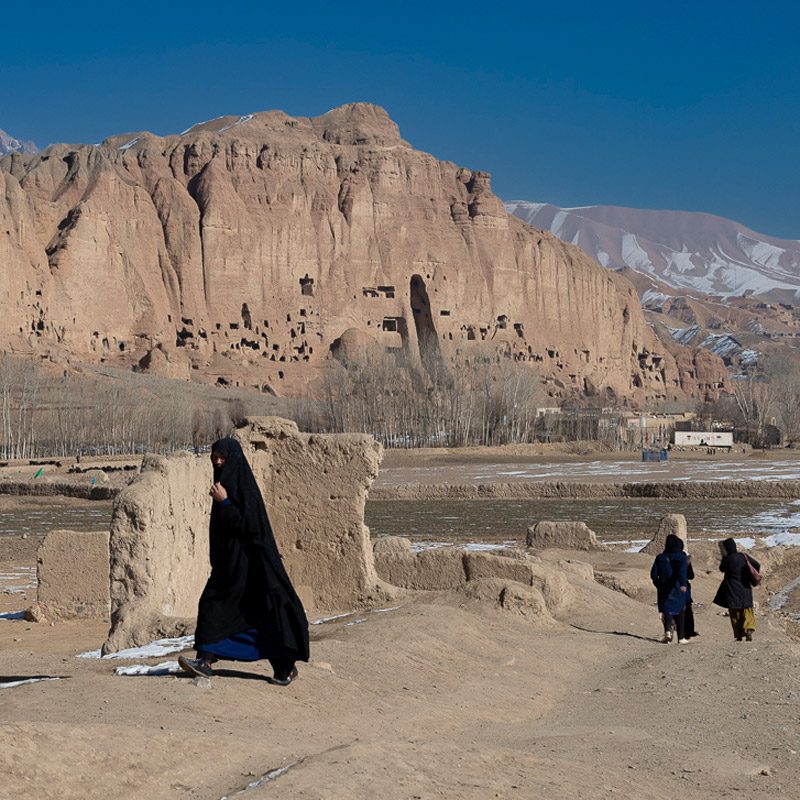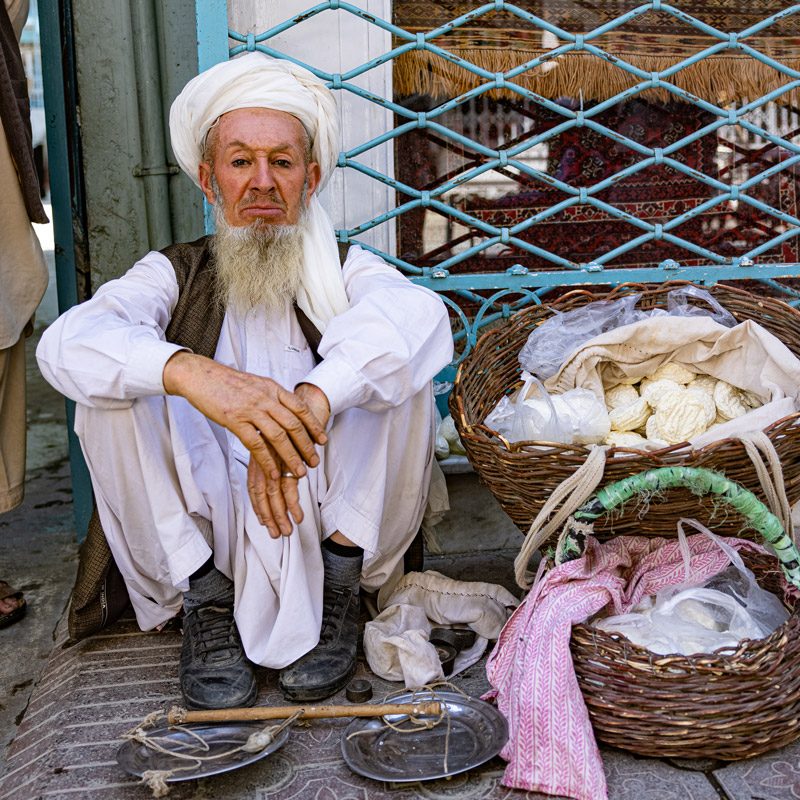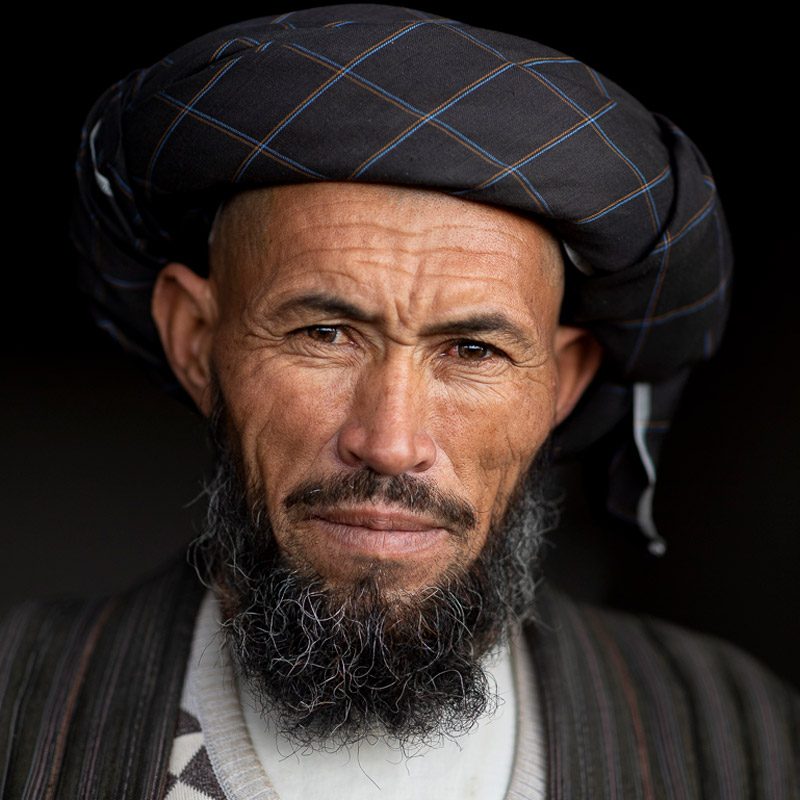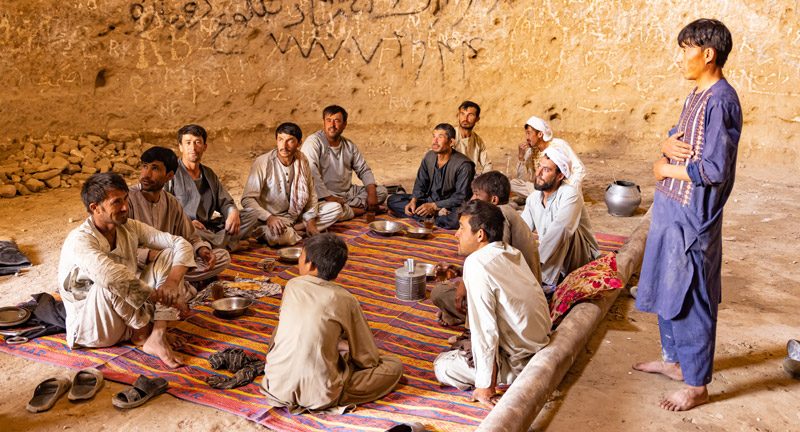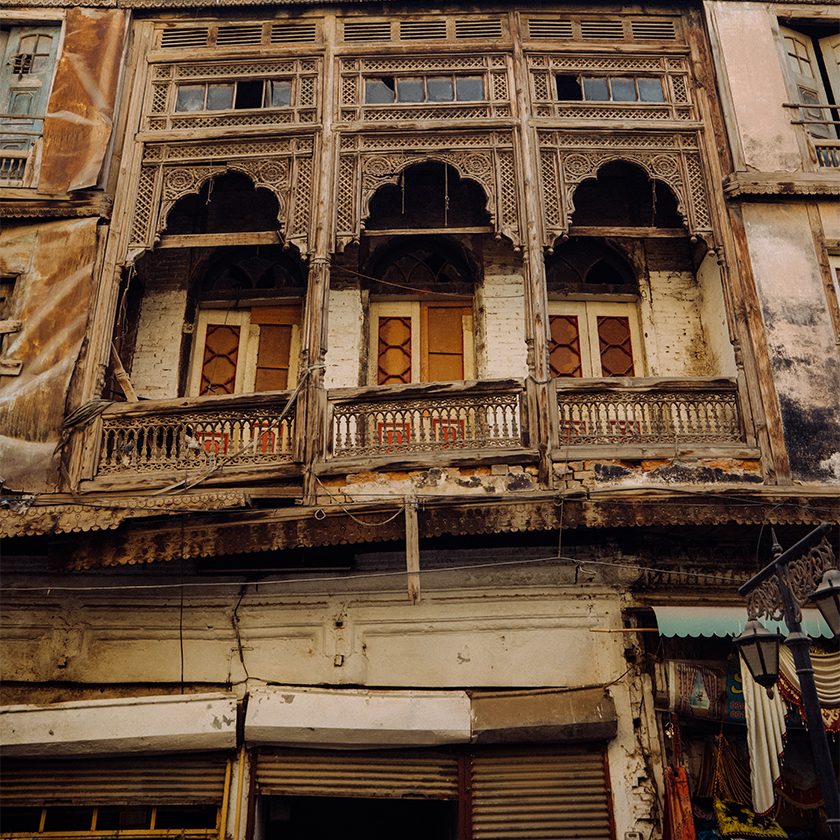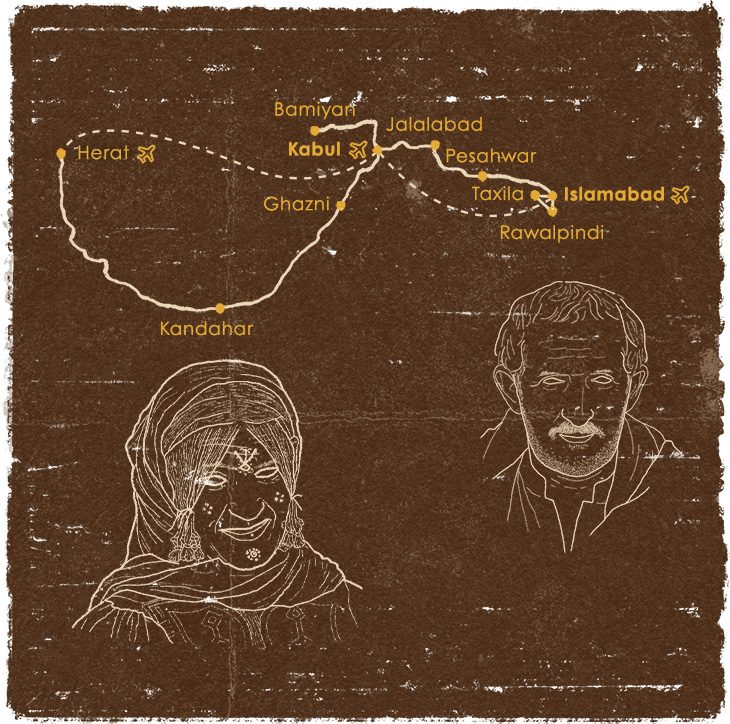Discover the highlights of this ethnographic trip to Pakistan and Afghanistan
► We will penetrate the bowels of mythical cities in Pakistan
Islamabad
We will begin this ethnographic trip to Pakistan and Afghanistan by taking an urban tour of Islamabad. We will visit the Faisal Mosque, the most iconic monument of the Pakistani capital, and the Rawalpindi market, with a lot of atmosphere and interesting Hindu palaces, now semi-abandoned.Taxila
It is the political and cultural center of the Gandhara kingdom, a civilization that emerged from the encounter between Greece and India. It was built where the three main trade routes met: the Bactrian to Central Asia, the Kashmir to India and the Khunjerab Pass to China. We will visit the Jaulian monastery and archaeological museum.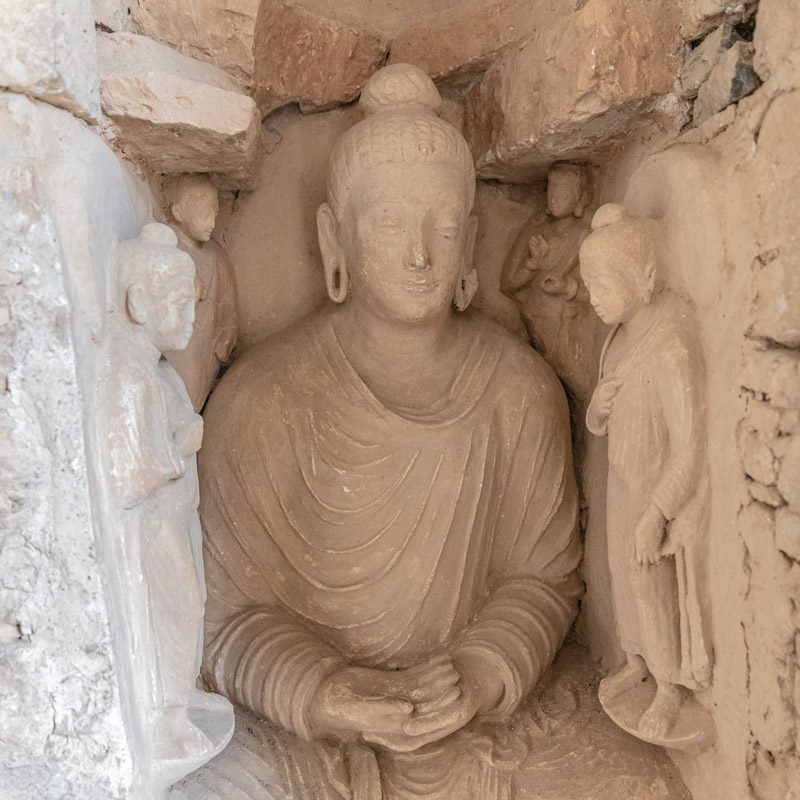
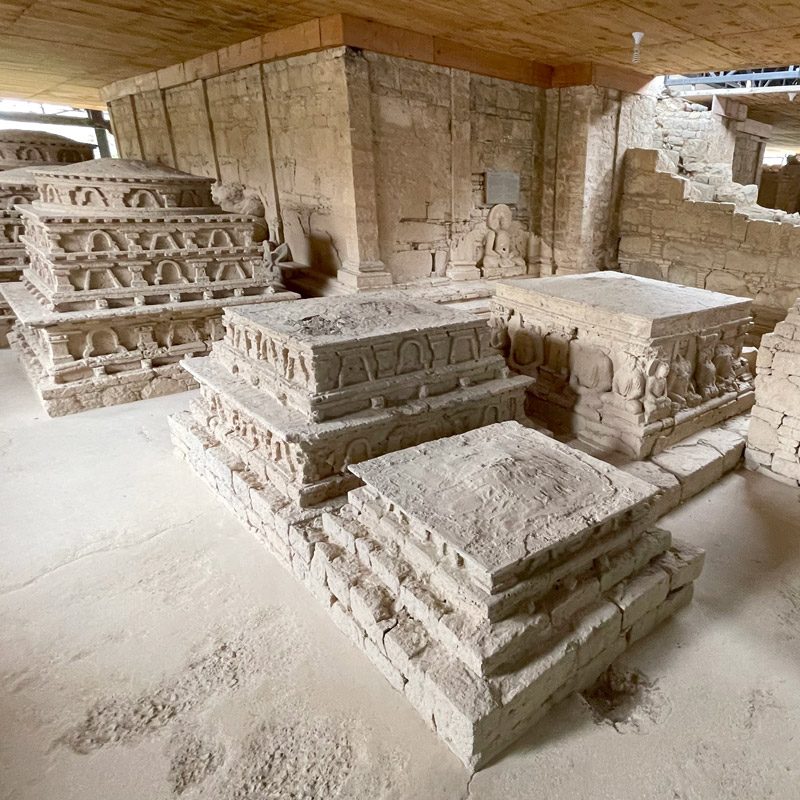
Peshawar
Peshawar is a mythical ancient city where history is breathed everywhere. City tour to visit Bala Hisar Fort, Museum, Mahabat Khan Mosque, Shinwar Square, Khyber and Khawani bazaars. In the old storyteller street we will observe a large number of Afghan refugees, mainly recognizable by the burqa worn by the women.

► We will visit different cities and historical sites of Afghanistan
Kabul
The route of this trip to Afghanistan will begin in the great chaotic city of Kabul, which accumulates layers and layers of history. It is an objectively 'ugly' city, but it does keep small architectural and human treasures that we will dissect.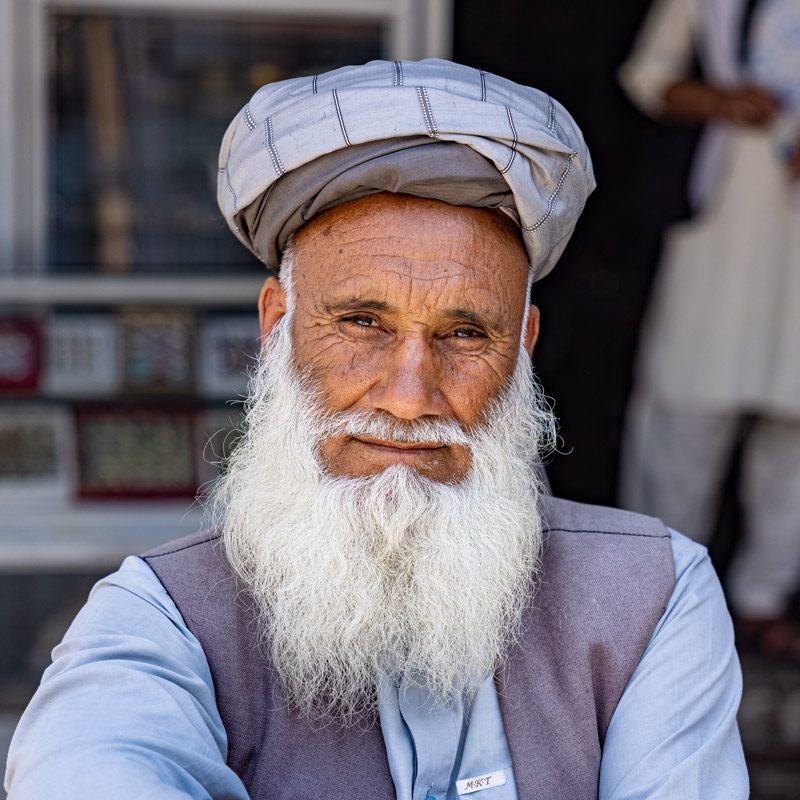

Bamiyan Valley
We will continue our way to Bamiyan. These central Buddhist lands are dominated by wild mountains, valleys and lakes. In this paradise live the Hazara people and some Tajik communities. We will visit the ruins of the figures of the Bamiyan Buddhas. Finally, we will visit the ruins of the "red city" of Zuhak (S-VI), which was razed by Genghis Khan.

Gazni
This trip to Afghanistan will continue towards the arid and conservative south, the territory of the Patan, one of the indomitable peoples of Central Asia. We will visit the ancient city of Ghazni, the dazzling capital of the Ghaznavid Empire. From this historic city, Islam spread throughout the Subcontinent. There are still 2 minarets from the XII century and the ancient structure of the old fortified city (currently in semi-ruin) from that glorious past.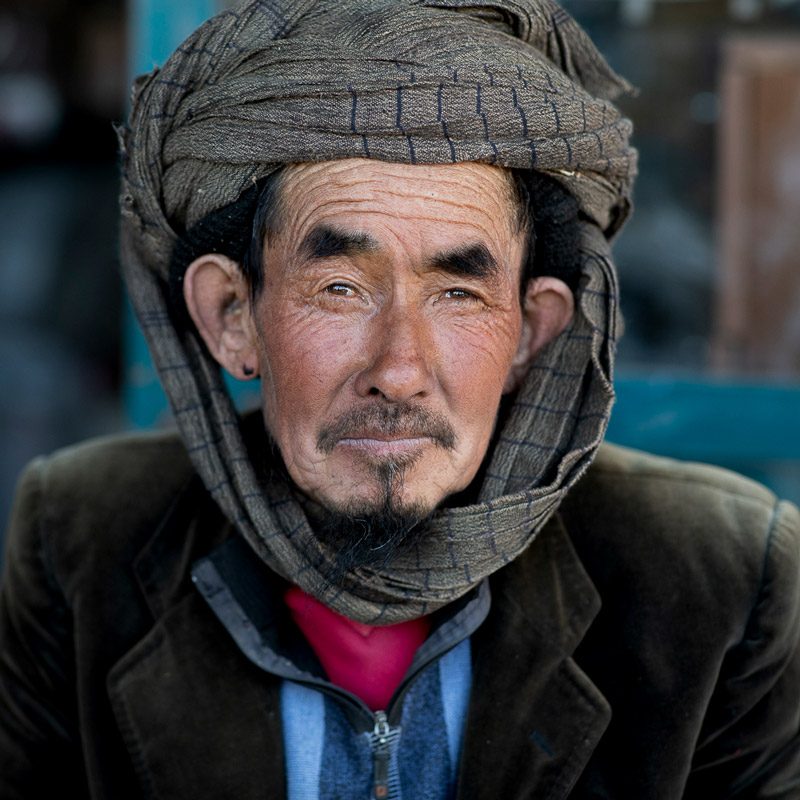

Kandahar
Kandahar City has been 'banned' until 1 year ago. Going through it will allow us to understand what Afghanistan is like today and who is trying to govern it. We will take an urban tour accompanied by the Taliban, who will provide us with talks and photographs with a strong historical component.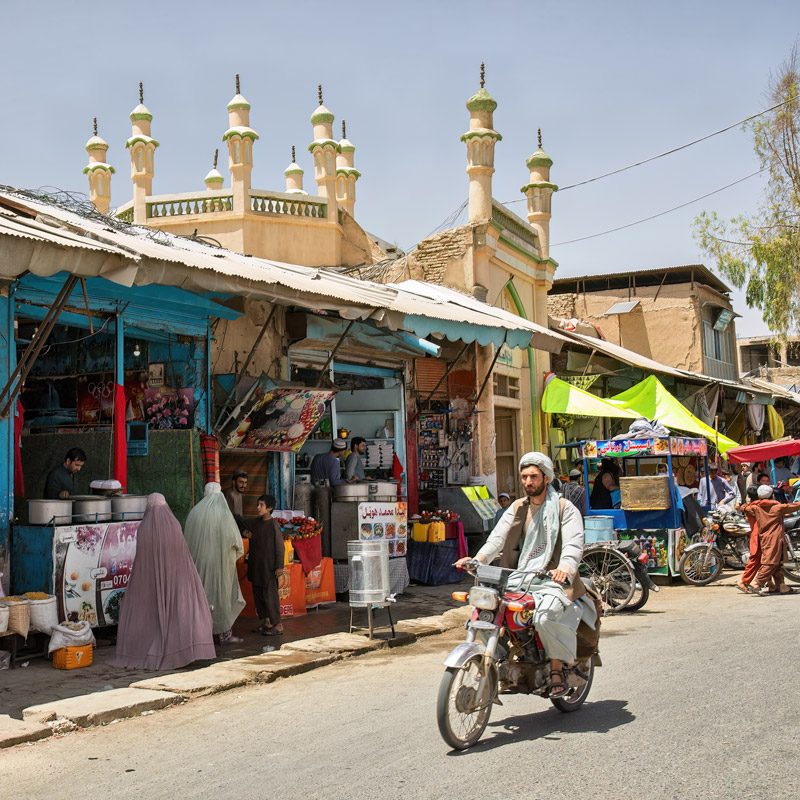
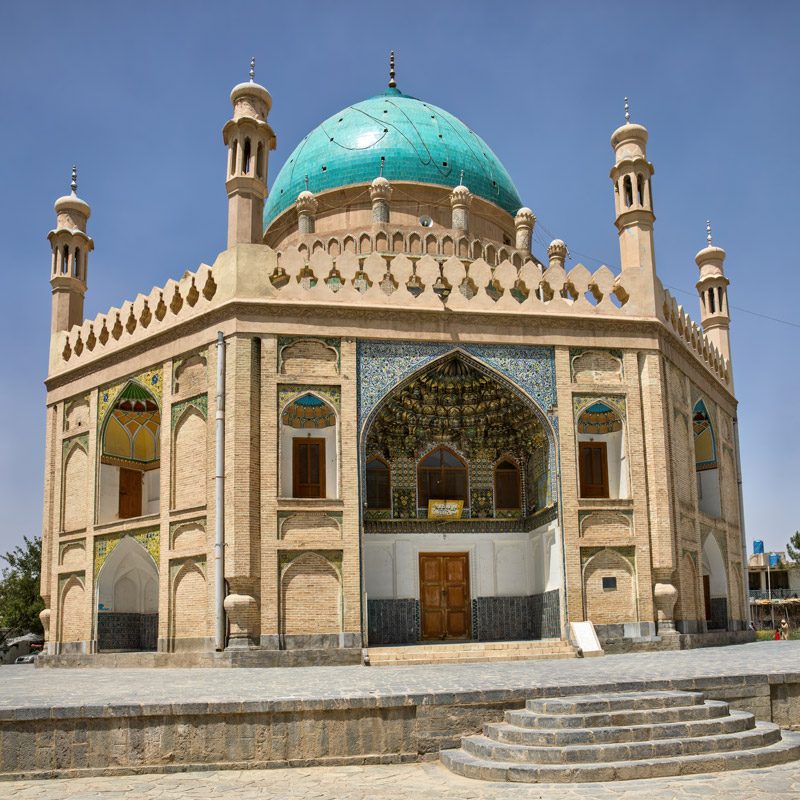
Herat
The ‘Persian’ city of Herat is the third largest in population and economy in the country, and a major Afghan cultural center. We will visit the sanctuary of Rahman Jami, the fabulous minarets of Musalla (15th century), the mausoleum of the queen in Timurid style (reign of Tamerlane 1336–1405), the Aljama or Friday mosque (13th century), the ancient and fascinating ceramics workshop in a wing of the mosque itself, and we will end by touring the oldest streets around the citadel.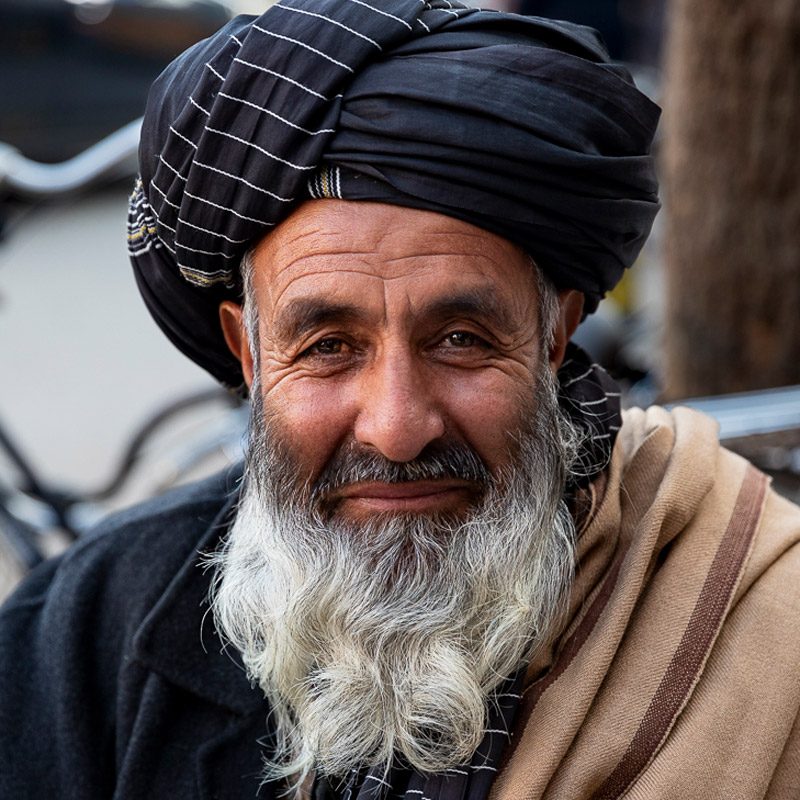

► We will meet different ethnic groups during this ethnographic trip to Pakistan and Afghanistan
Gypsies or Hana Badosh
The origin of the Gypsy or Romani nation is here, in Pakistan, according to historians and ethnographers. The Gypsies, or Hana Badosh, are nomads who set up camps on the outskirts of Peshawar, as well as in many other large Pakistani cities. They live doing marginal jobs and begging. We will visit a nomad camp to learn about its social reality. We will enjoy dancing and local music.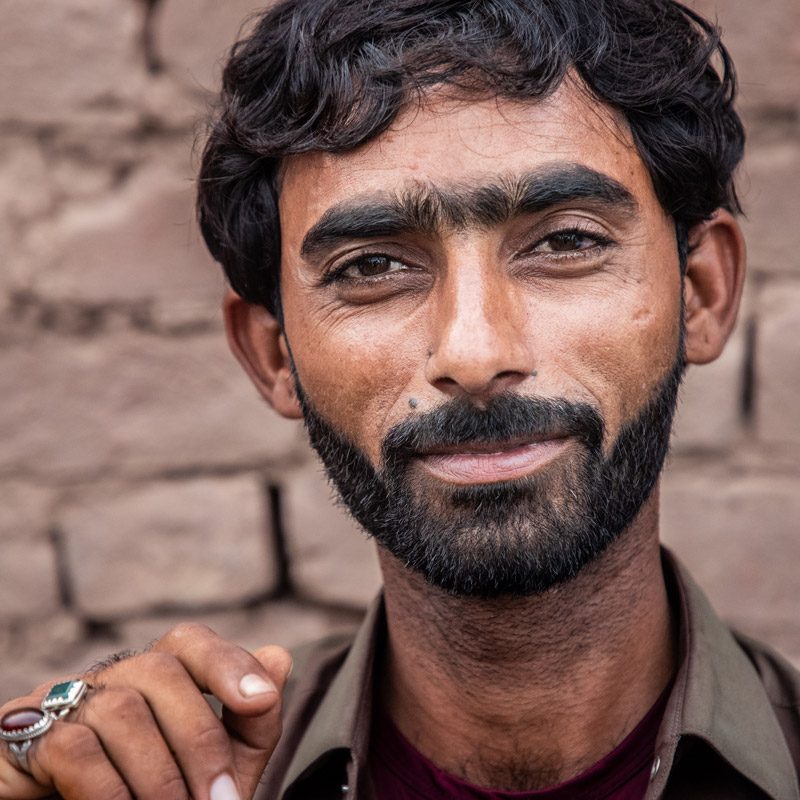
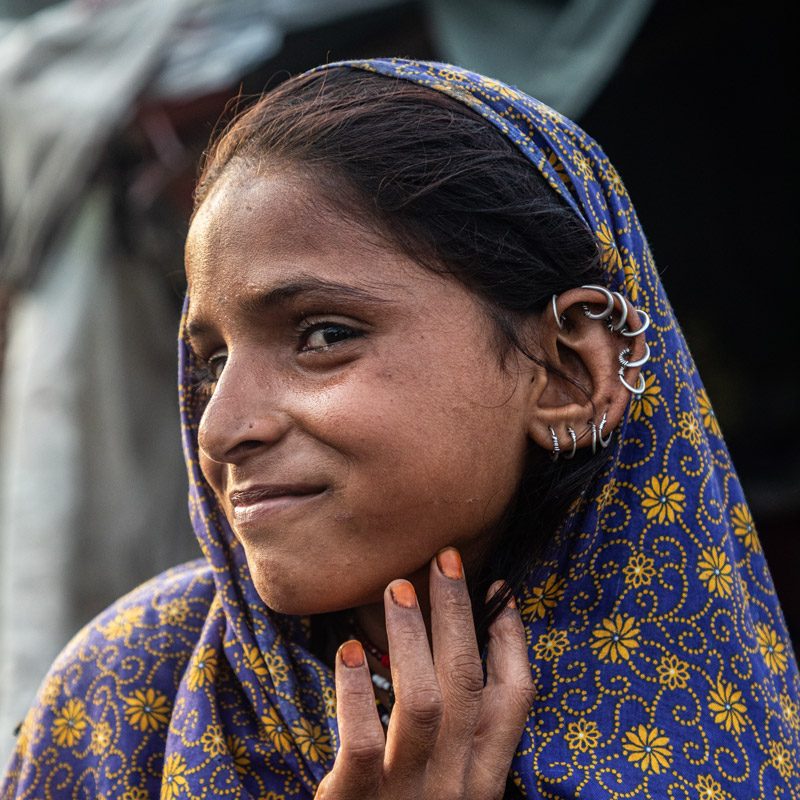
Tajik people
On this trip to Afghanistan we will enjoy beautiful landscapes of mountains and endless plains where we will find small adobe villages. We will visit some Tajik communities to learn about their lifestyle.

Hazara people
The Hazara people, of Mughal origin, are former Buddhists who converted to Shiite Islam 400 years ago, which gives them the status of an ethnic and religious minority. Historically, they have been persecuted by the dominant Pashtun and Tajik. During this trip to Afghanistan we will visit a Hazara troglodyte village. Many poor families live in what were the cells of the Buddhist monks, who populated the area in the 6th century.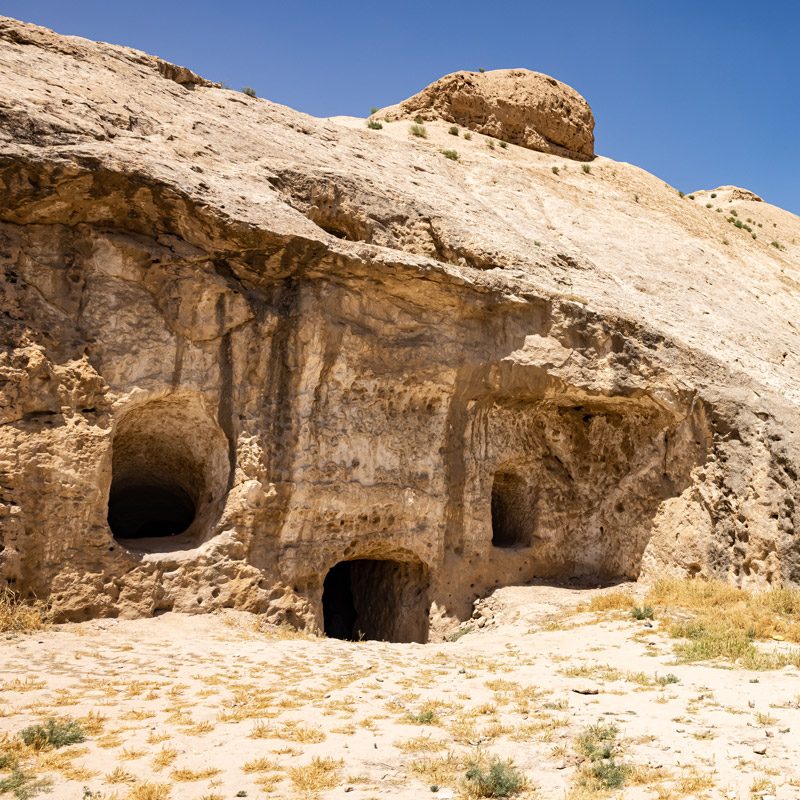
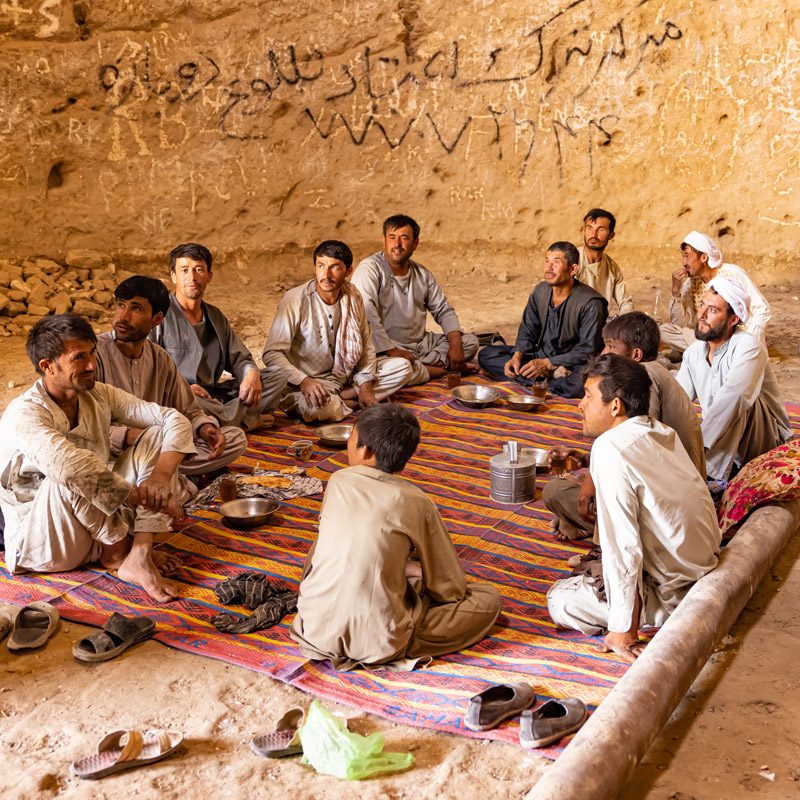
Kuchi people
We will have the opportunity to meet a community of nomads from the Kuchi people, a group of Pashtun cattle ranchers who preserve pre-Islamic traditions, such as tattoos and shamanic healing rituals.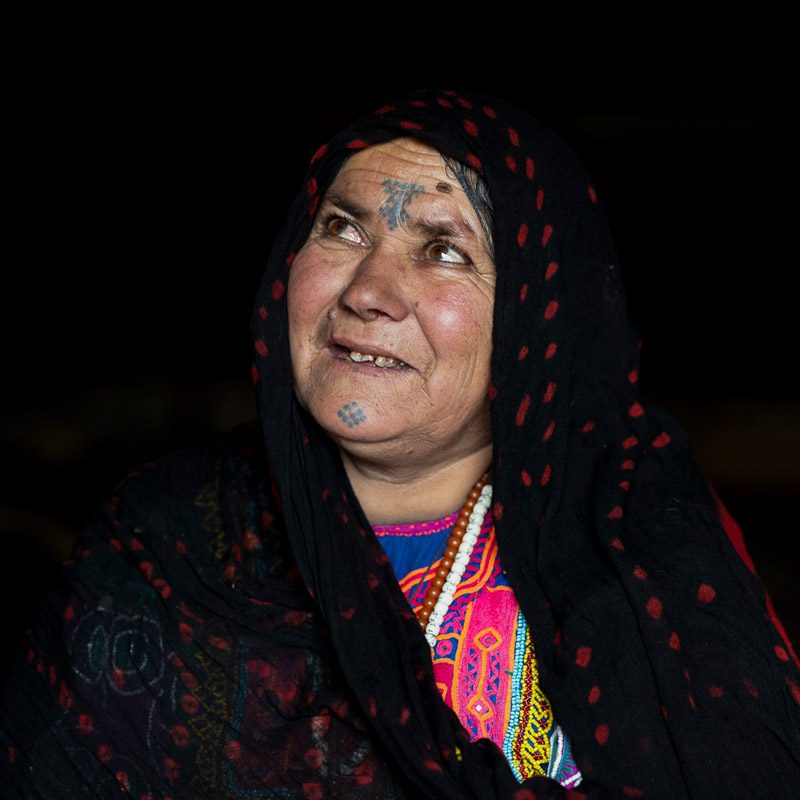
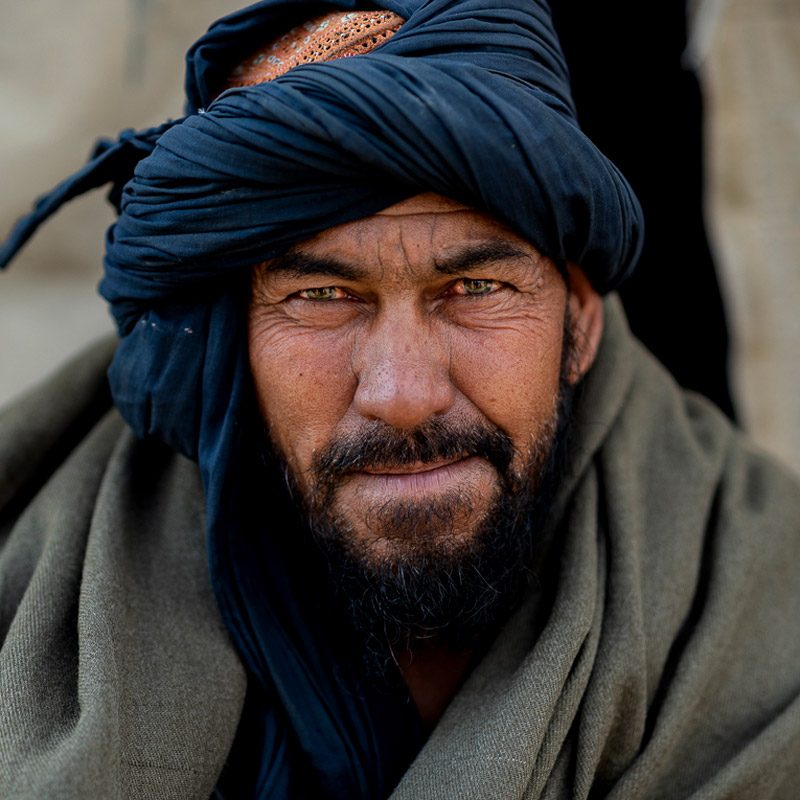
© Photos by Edith Scharffenberg, Jordi Zaragozà Anglès, Pau Clavero, Aníbal Bueno, Juan Reina Pérez and Xavi de las Heras taken during a trip to Pakistan & Afghanistan.
► Download the detailed itinerary for this trip to Pakistan and Afghanistan
Click on the button below to easily access the itinerary download form for this ethnographic trip to Pakistan and Afghanistan.
